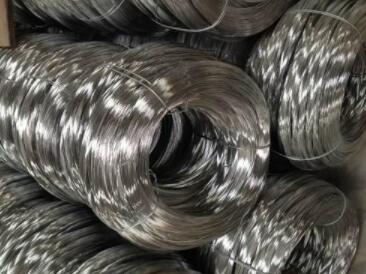Cage and Aviary Wire Mesh The Optimal Choice for Bird Care
When it comes to providing safe and secure environments for birds in captivity, cage and aviary wire mesh stands out as a vital component. Whether for pet birds in a home setting, or for larger aviaries that host a variety of species, the right wire mesh not only enhances the aesthetic appeal of a space but also promotes the health and well-being of the birds. This article will explore the different types of cage and aviary wire mesh available, their benefits, and important considerations for selection.
Understanding Wire Mesh
Wire mesh is a versatile material made from metal wires woven together to create a grid-like structure. This design allows for ventilation, visibility, and safety, making it an ideal choice for bird enclosures. The material can be made from various metals, including stainless steel, galvanized steel, and aluminum, each offering different benefits based on the needs of the birds and the conditions of the environment.
Types of Wire Mesh
1. Stainless Steel Wire Mesh This type is highly regarded for its durability and resistance to rust and corrosion. Stainless steel is particularly beneficial for outdoor aviaries where exposure to the elements is a concern. Its strength ensures that even larger birds or those with strong beaks cannot easily escape or breach the enclosure.
2. Galvanized Steel Wire Mesh This mesh is coated in a layer of zinc to prevent rusting. It is a popular choice for both indoor and outdoor enclosures, offering a good balance between cost and durability. Galvanized wire mesh is suitable for smaller birds and can withstand various weather conditions when properly maintained.
3. Aluminum Wire Mesh Lightweight and resistant to corrosion, aluminum wire mesh is another option for aviary use. It is particularly advantageous for creating mobile aviaries or for use in indoor settings. However, being lighter might make it less ideal for larger or more aggressive birds, as they could potentially damage it.
Benefits of Using Wire Mesh for Aviaries and Cages
1. Safety and Security The primary function of wire mesh in bird enclosures is to provide a secure barrier. It deters predators and prohibits birds from escaping, ensuring their safety.
cage and aviary wire mesh

2. Ventilation Adequate airflow is essential for birds. Wire mesh allows for proper ventilation, reducing the risk of respiratory issues that can arise in poorly ventilated setups.
3. Visibility Wire mesh provides clear visibility into the cage or aviary, allowing owners to observe their birds without intruding on their space. This is important for both bonding and monitoring the well-being of the birds.
4. Ease of Cleaning Many types of wire mesh are easy to wipe down or hose off, making maintenance a simpler task. Regular cleaning of enclosures is crucial for preventing disease and maintaining a healthy environment for birds.
Choosing the Right Wire Mesh
When selecting wire mesh for a bird enclosure, several factors should be considered
- Species of Bird Different species have different needs. Larger birds may require stronger, thicker wire mesh, while smaller birds can be housed in finer mesh.
- Location Indoor cages may have different requirements compared to outdoor aviaries, particularly concerning weather resistance and durability.
- Predator Risks If the aviary is located in an area with potential predators such as raccoons or cats, opting for heavier-duty wire mesh is advisable.
- Budget Balance the need for durability with your budget constraints. While higher-quality materials may have a higher upfront cost, they can save money in the long run by reducing the need for replacements.
In conclusion, cage and aviary wire mesh plays a crucial role in the health and safety of birds, whether in a home environment or a larger aviary. By understanding the different types of wire mesh and their unique benefits, bird owners can create secure, comfortable, and visually appealing spaces for their feathered companions. Investing time and effort into selecting the right materials will pay off, ensuring a safe haven for birds to thrive.

















